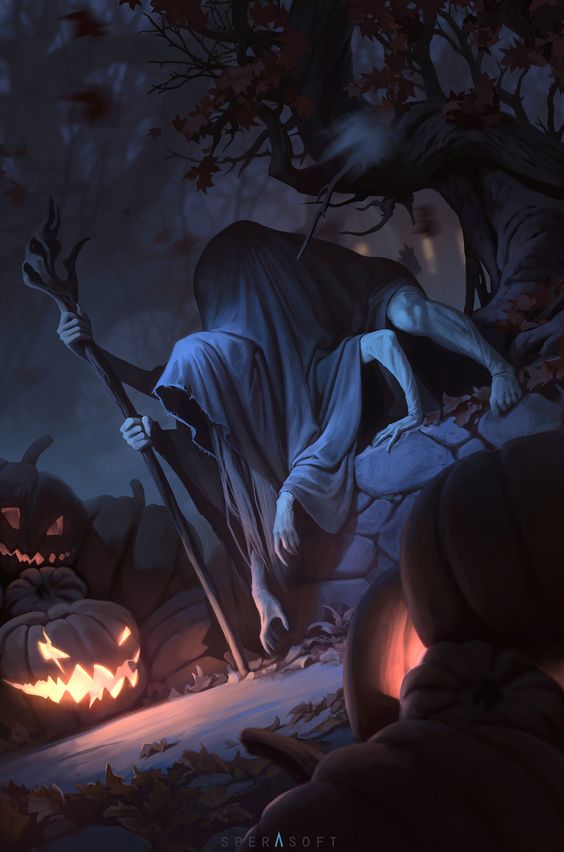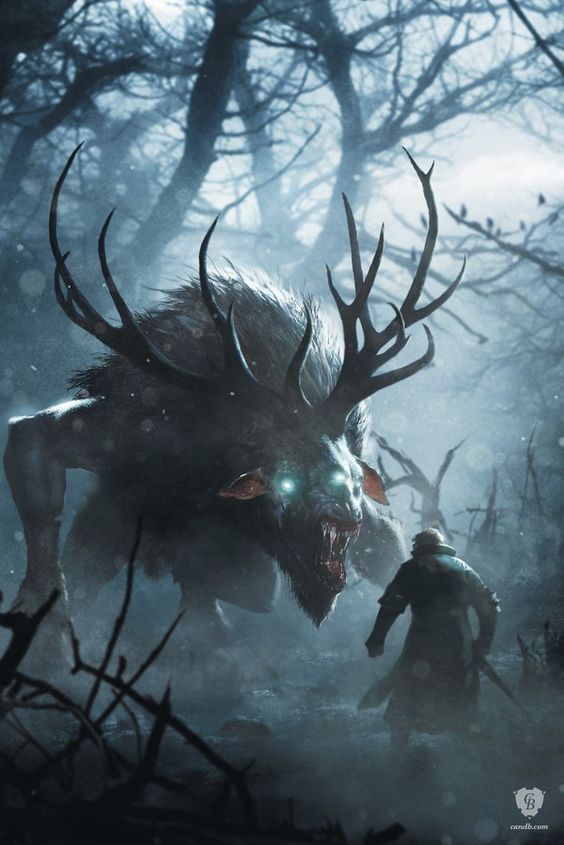https://habr.com/en/post/439110/- Games and game consoles
- Game development
In video games, enemies are one of the key figures, without which a game might lose its meaning, and when it’s not only enemies, but terrifying monsters, they often create the chilling atmosphere intended by the developers. It’s impossible to imagine Silent Hill without the Pyramid Head, or Outlast without Chris Walker, and so on, you get the idea. Monsters are a cumulative image of a video game enemy, and it’s not necessarily an ugly demon or a giant spider: even an angry neighbor, like in Hello Neighbor, is a monster despite his human appearance.
This is where the reader probably asks:
what’s the point of this article? Sure, it’s more or less common sense that monsters are an integral part of many games, but I want to talk about some inexplicable mistakes game developers often make in creating monsters, as well as put forward some recommendations on how to avoid them.
First off, I’d like to mention “incompatibility”, or a mismatch of the location and the enemy. Be it a frog in the desert or an ice golem in a lava-filled dungeon, this makes monsters less believable. Such a mismatch is only acceptable when it has a clear reason within the story. In general, adding a character of any sort must always be explained, either by the plot or the environment being a natural fit for him. Also, let’s clarify for a second: I’m not against blowing up 100 crocodiles from a cat-firing bazooka, but that’s an entire different trashy genre, where logic doesn’t apply. Let’s not discuss that.
Take the ice golem for example. Logically, it should be very hot underground, but no one prevents us from making an anomaly, let’s call it “the 7th circle of hell”, decorate it with icicles made of millenia-old ice and put the ice golem there — and there we go. A seemingly obvious environmental mismatch explained away: a player wouldn’t wonder what an ice golem is going underground.
So, we have a rather simple “monster recipe”: a thought-out monster = creature + environment + logic
And there are some examples to base off of. Nature has already figured that out for usa. For example, subterranean creatures often have very weak vision, or no at all. Vultures have naked necks, since they’re often head deep into something and that makes it more comfortable. Sharks have three rows of teeth, a retractable jaw and an aerodynamic body shape to move faster underwater. There are examples for everything, even if you design an alien monster. The human brain can’t comprehend something entirely new, that it doesn’t have a basis for — it won’t even understand what’s asked of him.
A reader might say: “I like sharks, but I want to add them in the desert! I want desert sharks, dammit!”. No problem, but keep the recipe above in mind. That’s how you make a totally believable desert shark:
- To survive in the desert, it needs a squama. Maybe it moves underground, or else how it’s supposed to hunt?
- Eyesight won’t help it, so it needs some kind of echolocation mechanism, or, if not, it has to remain still and wait for enemies to come to it, like a fisherman.
- The squama should not only protect it from heat, but also from the local fauna.
- Then we have to figure out the local fauna question: if the desert shark is on the top of the food chain, what does it eat? Can the food mount a resistance? If it can’t, then the shark doesn’t need “armor”, since it has the surprise factor on its side. But if the victims can defend themselves, then extra protection is an evolutionary requirement.
Did you imagine that in your head, readers? Great. Now we can create an environment-fitting monster, or, if not, adapt it to the environment. We need to know where it’s placed in the food chain and account for climate features. But there’s also the plot factor and how it dictates what monsters will be in the game. Our desert shark won’t be a good fit in a children’s game, for example.
As an example, let’s take the Souls series and analyze it. We won’t get into environmental storytelling or difficulty curves, because that’s a topic for another HUGE article
So, we’re at the start of the game. The monsters are weak and look accordingly: sure, there are some overleveled atrocities like a crystal lizard or a sanctuary demon, but we’re talking about monsters we’re actually fighting. There are castles with knights inside, villages with peasants, underground we have spiders and demons, and in the swamps there are leeches and other annoying slimes. All of them have a story, they fit into the environment organically and at no point does the player ask “what is this doing here?”, or, at least, the game answers these questions later. For example, the sanctuary demon just wandered around the world like other demons, or it was brought here specifically so that specific people would encounter him after death. And even then, there’s space for interpretation. The player can fill in the gaps himself, but he has a starting point. You need to give the players an opportunity to fantasize, but, again, it has to fit within the story: you can’t develop a game and just hope the player fills in the story for you.
f we’re talking about what makes the player afraid, then, first and foremost, it’s the unknown. For example, he sees a silhouette of a monster, but doesn’t know what it is, and then the game supports this feeling with tense music and the player’s imagination ramps up to the max. But as soon as he sees the monster in full and properly lit, it doesn’t scare him as much, since he already knows it. There are common phobias you could and should exploit — spiders, snakes, mice etc. Of course, your monster shouldn’t speak with the voice of a 5-year-old girl (unless it specifically fits its background and enhances its identity), but that’s another story entirely.

To summarize part 1, let’s pick out the key features of a logical, believable monster
- Determine his environment
- Look for real-world analogs
- Keep the story in mind
- Determine its place in the food chain
- Determine its evolutionary and plot-related features
- Make a concept.
And then let your imagination run wild. Peace. 
